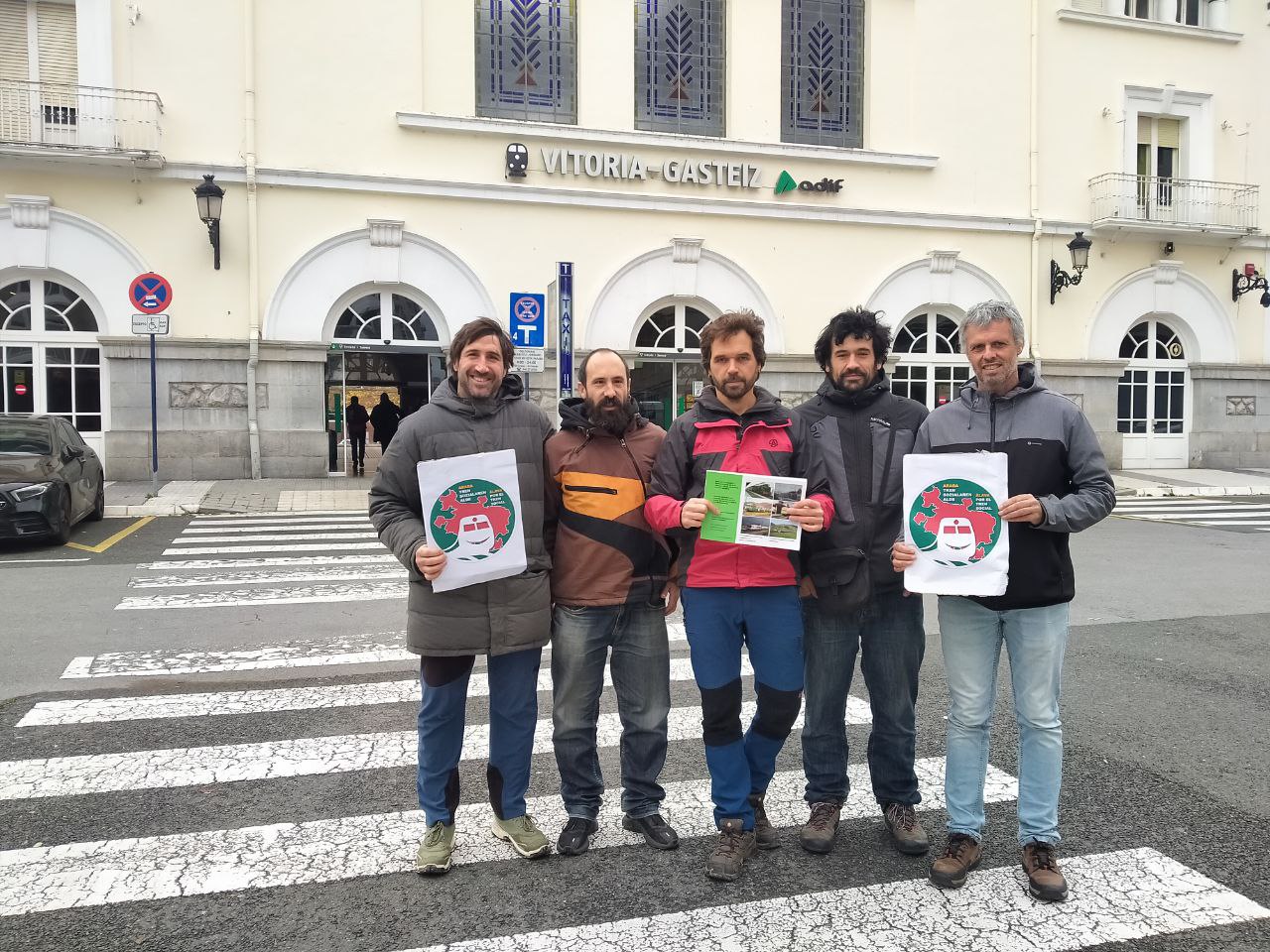
- The Spanish Ministry of Development is building the high-speed train line (TAV) linking Burgos, Vitoria, Pamplona and Castejón (270 kilometres), and the social train support associations in these territories and the Adif unions have presented an alternative. The TAV project would cost EUR 4,328 million and the newly submitted project would cost EUR 2,374 million, or 1.954 million less, or 45% less.

The new project aims to adapt the current railway to passenger and freight transport. The project was presented this Tuesday in Pamplona and Vitoria, and the authors warn against the elitist character of the TAV, since card prices would allow its use by all citizens.
In general, this train would reach a speed of 220 km/h, although in some sections it would reach 250 km/h. However, the average speed would be 140 km/h (160 km/h from the TAV). As far as construction works are concerned, the aim is to renew 70% of the current railway and make the rest completely new, especially by extending the current turnaround so that it can get faster.
Five TAV stations, 50
The APR would have only five stations: Burgos, Miranda de Ebro, Vitoria, Pamplona and Castejón. This alternative project would, on the contrary, unite 50 localities, thus ensuring territorial cohesion. Technically, there are many modifications, including the replacement of the railway ballast – a stone platform supported by the railroad – with a concrete platform that is safer and more resilient to achieve high speeds.
This new line features 81 kilometers from Vitoria-Gasteiz to Pamplona and the trip from the station to the station would take 37 minutes (eight minutes more than the TAV), at an average speed of 141 kilometers per hour. The tour between Pamplona and Castejón (69 km) would take place in 25 minutes at 174 km per hour. Finally, the 96 kilometres of Burgos and Vitoria would require 41 minutes (ten minutes more than the TAV) at 140 km/h.
The third rail has always been chosen in the alternatives presented to the TAV so far, but it has ruled out the diversion of trains due to the strong erosion of the railway devices and the major maintenance and management difficulties. As an example, the Valencia-Castejón line has had to lower the speed of the TAV to 160 km/h. In addition, and as has long been foreseen, the Navarre railway line would be doubled. The project envisages the abolition of the Pamplona terminator, but not the incorporation of the train to Vitoria.
The project is led by Kimetz Munitxa, David Andrés and Ignacio Rubin, road, canal and port engineers. The managers are Bureba, Miranda de Ebro, the valleys and the Alavesa plains and the platforms for the Navarre railway.

